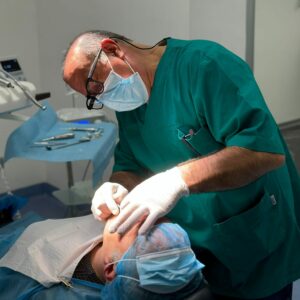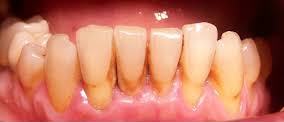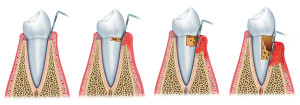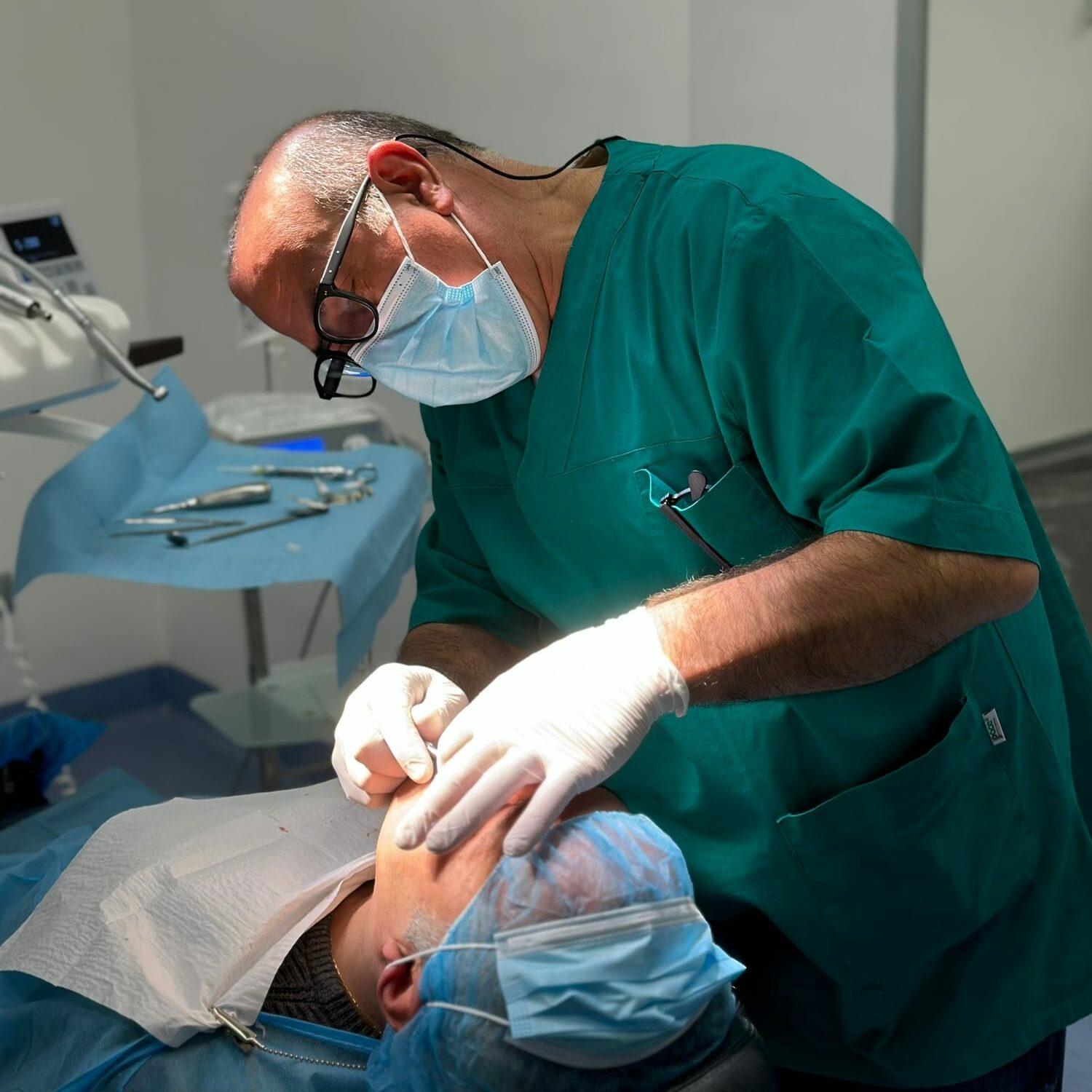An incorrect position of the jaw or jaw can lead to a dysfunction of the chewing system and consequently to the onset of some symptoms including:
- pains when opening and closing the mouth;
- snapping of the temporomandibular joints;
- headache;
- pain at ear height
- discomfort when chewing.
The causes of incorrect occlusion
Unfortunately, the problems related to an incorrect positioning of the jaw are often underestimated by patients, who turn to the dentist only when the symptoms are very evident and painful.
The causes that lead to a dysfunction of the chewing system can be different, the main ones being:
- malocclusion;
- bruxism;
- traumatic events;
- joint ligament dysfunction.
Before any orthodontic or prosthetic intervention, to solve a problem of chewing dysfunction, it is essential to identify the exact occlusion of the patient.
Digital detection of the position of the jaw
To determine the static and dynamic position of the mandible, you can proceed with the classic method, that is, through the use of the face bow and an articulator to detect and record information on the patient’s joint and occlusal conditions.
These procedures have been simplified by the introduction of state-of-the-art technological tools that can detect the position of the jaw through a virtual face bow and mount on a virtual articulator.
In a recent research published in the Journal of Prosthetic Dentistry in June 2021, researchers evaluated a completely digital technique for assessing the position of the jaw.
The patient considered for the study was a 25-year-old female who reported sporadic joint noises.
A virtual articulator based on images obtained with a single cone beam computed tomography and the aid of an intraoral scanner was used to detect the exact maxillary and mandibular position.
It is a completely digital approach to assess the position of the mandible and maxilla in the patient with millimeter precision, a technique that simplifies the diagnostic operations and returns much more precise results than a traditional approach.

















